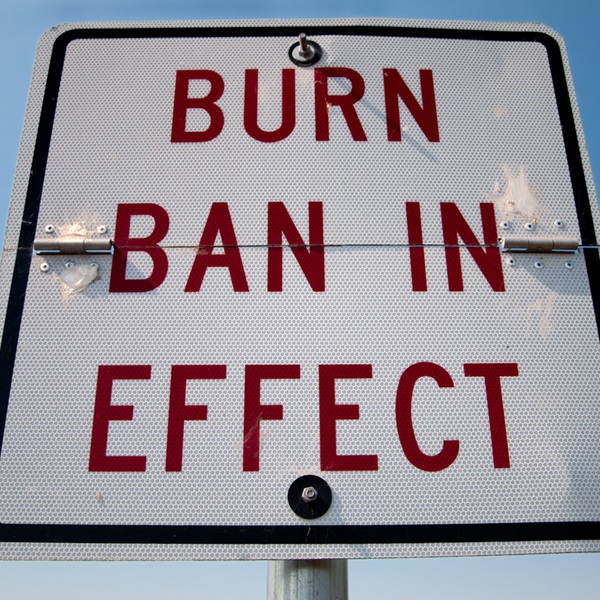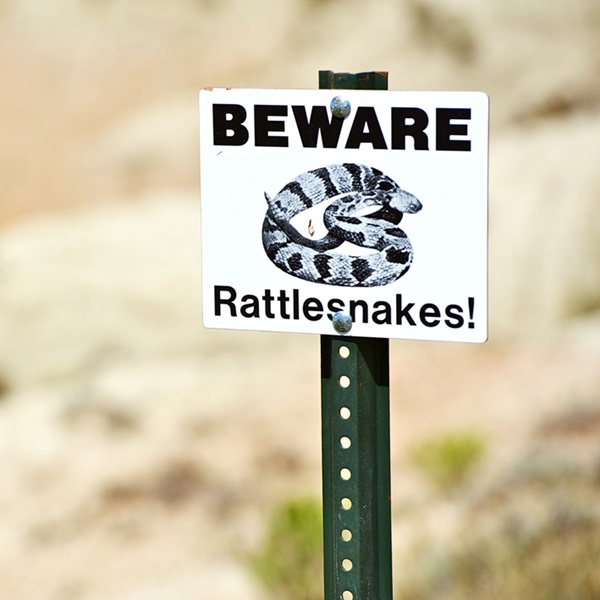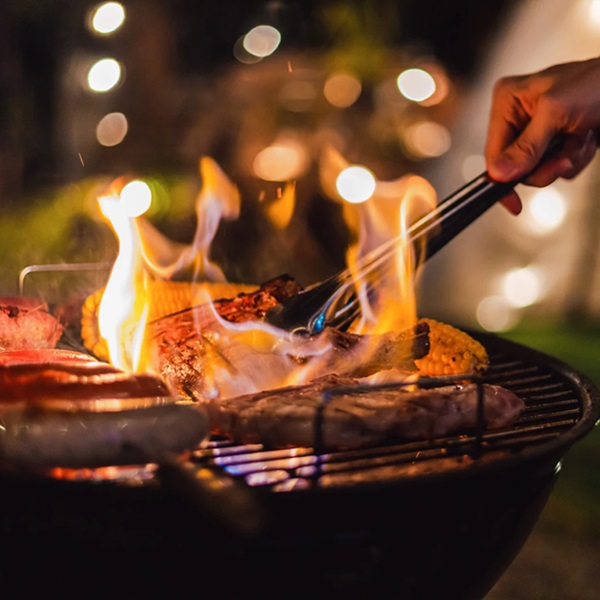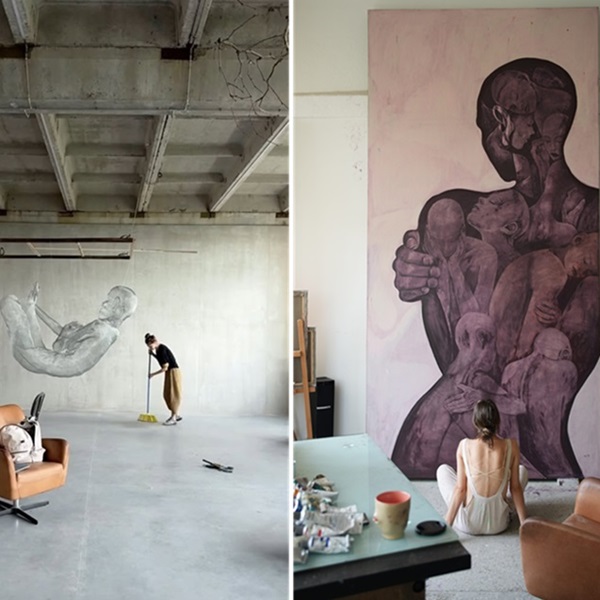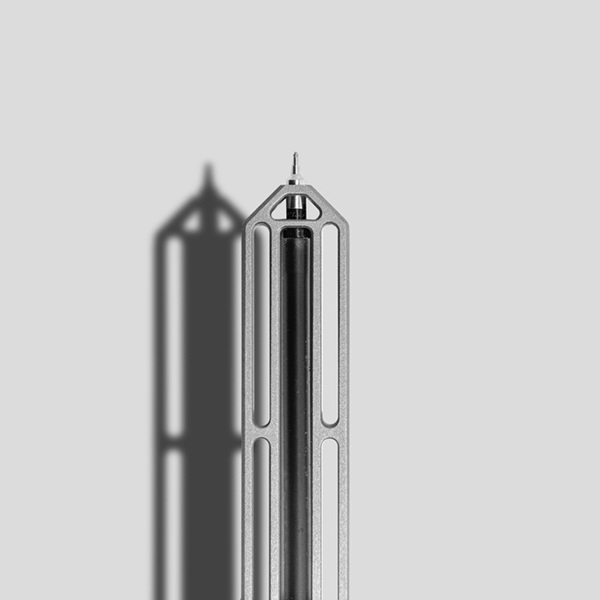
Even if many people find outdoor activities simple, well, they are not. You have to think about every single possibility and get ready. You have to get ready according to the weather, terrain, wild life, etc. To keep yourself comfortable during your camping trip, you have to know how to choose a base layer. Because, in the great outdoors, the weather is not as mild as in your city center.
And you will not have a heating source that will keep you warm 24 hours a day. You may ask why we give importance to the base layers. The answer is short: base layers are the cores of your camping closet. During chilly days or nights, those well-picked base layers may save your day and life. That is why we suggest you know how to choose a base layer for your camping trip.
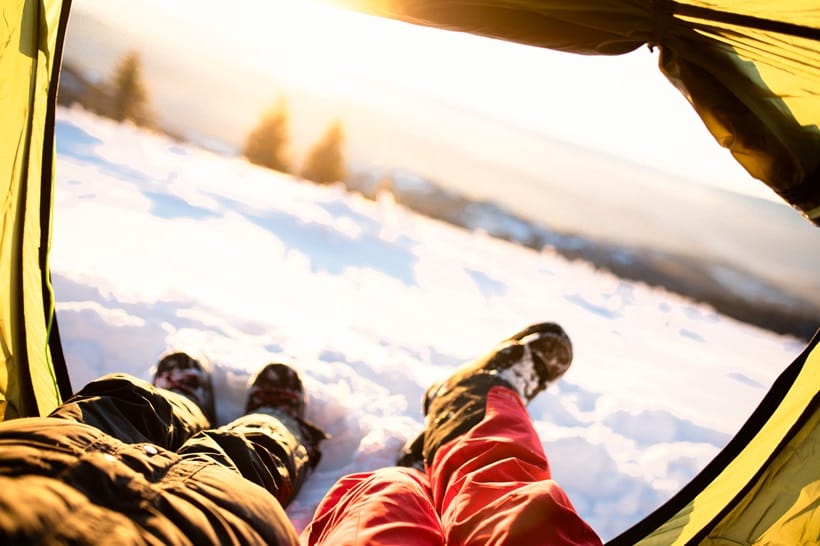
Base Layer Materials You Should Know
For the best base layer for winter camping, materials play a vital role in keeping you warm, dry, and comfortable. Some of the materials you should know are summarized as follows:
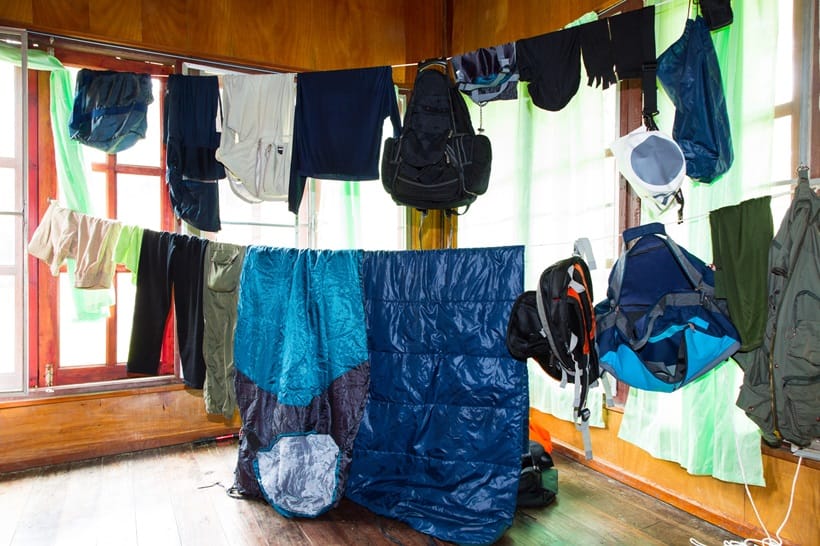
Merino Wool
Merino wool is a popular choice for winter campers, and for good reason. It is incredibly soft, breathable, and moisture-wicking. Therefore, Merino wool is an ideal material for staying warm without feeling clammy.
Merino wool can withstand cold temperatures as low as -30°C (-22°F) while still retaining its insulation properties even if it gets wet. Moreover, as merino wool is a natural material, it has excellent odor resistance. So, it is perfect for multi-day trips when laundry is not an option.
Synthetic Polyester
Synthetic polyester has become one of the top-produced materials for sports and outdoor activities. Because polyester is known for its durability and quick-drying properties. In addition, it excels at wicking away sweat while keeping warmth close to your body.
Synthetic layers are particularly good for high-intensity activities where moisture buildup could be a concern. While they may not insulate as effectively in extremely low temperatures, synthetic polyester can comfortably handle temperatures down to -15°C (5°F).
Synthetic polyester as a camping base layer is a more affordable option when compared to merino wool. So, if you have a limited budget, polyester can be a better option for you.
Silk
For those who prefer a lightweight yet effective winter camping base layer, silk is an underrated option. Even if silk cannot insulate as merino wool or synthetics, it offers smooth, lightweight warmth, which is ideal for moderately cold conditions around -5°C (23°F).
Furthermore, silk naturally wicks moisture, making it great for people who have sensitive skin. You might be allergic to natural wool and polyester. But silk offers a gentle feel.
It is sad to state that silk can wear down faster than other fabrics. So, if you seek a soft and cozy option for milder winter days, silk can be a nice option for you. When layered with other insulators, silk adds a comfortable, temperature-regulating base layer to keep you warm.
Bamboo
Bamboo base camp layer options are eco-friendly choices. They offer softness and impressive thermal properties. While not as insulating as wool in extremely cold conditions, bamboo can handle temperatures down to about -10°C (14°F).
Bamboo fibers are naturally antibacterial and hypoallergenic, ensuring minimal odor buildup during multi-day adventures. Plus, bamboo fabric wicks moisture effectively, keeping you dry and comfortable as you explore.
Blended Fabrics
Blended fabrics combine the best of multiple materials, like wool and synthetic blends. These fabrics maximize warmth, durability, and moisture-wicking capabilities. In addition, blended fabrics provide effective insulation in temperatures as low as -25°C (-13°F) while enhancing the breathability and quick-drying properties.
Additionally, they are excellent for those who want both warmth and flexibility to tackle various winter conditions. With a blended base layer, you get the resilience of synthetics combined with the warmth and odor control of natural fibers. So, if you are looking for the best base layer for camping, blended fabrics offer versatile support for you.
Why Does Weight Matter?
When learning how to choose a base layer for winter camping, many campers overlook the importance of material weight. The weight of your base layer directly impacts warmth, comfort, and mobility. Different weights serve different purposes, and understanding them can make or break your camping experience.
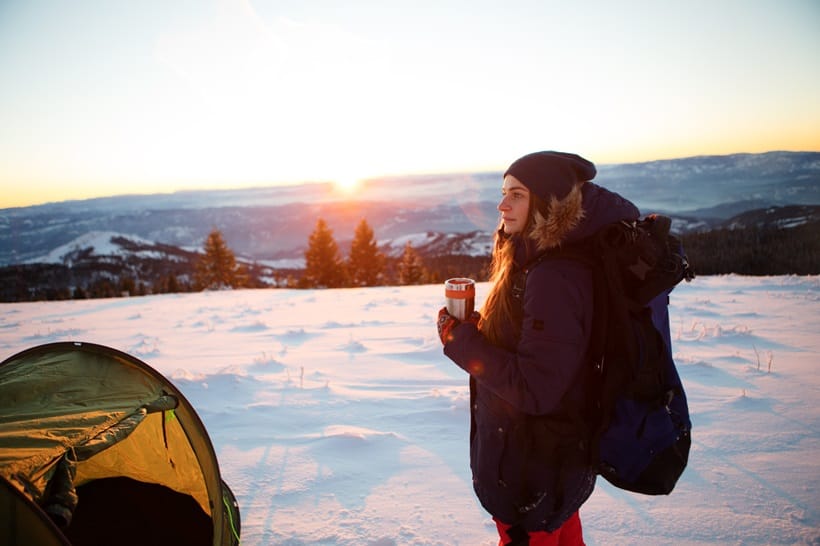
Lightweight base layers are ideal for milder winter temperatures or high-intensity activities where overheating can be a concern. Heavier layers, however, trap more heat and provide the extra insulation needed in sub-zero conditions.
Additionally, choosing the right weight gives you more flexibility when layering with mid- and outer layers. Lightweight fabrics work well for those who prefer multiple layers for versatility, while heavier fabrics can function as standalone pieces in moderate cold.
Lastly, heavier fabrics tend to take up more space in your pack, which can be a drawback if you’re aiming for a light load. Lighter base layers are easier to compress and carry, making them a practical choice for those on multi-day treks or with limited pack space.
Which Parts of Your Body Need Extra Warmth?
When deciding how to choose a base layer for winter camping, it’s essential to consider which parts of your body need the extra warmth and protection. Not every body part requires the same insulation level, and packing the right base layers for each area can keep you comfortable without unnecessary bulk.
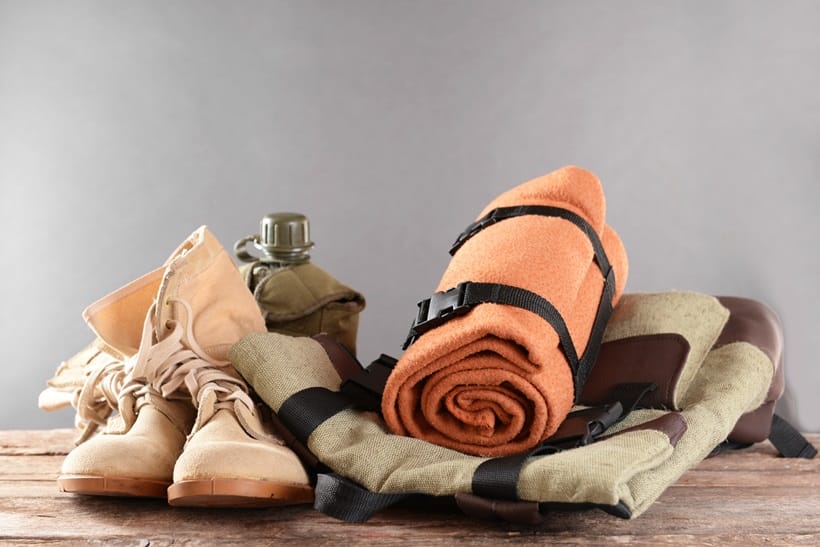
- Your torso is where your body generates and retains most of its warmth, so a quality base layer here is essential.
- Base layer pants help retain warmth in your lower body, which can be crucial in extremely cold conditions.
- Cold feet can ruin a winter camping trip quickly, so consider wool or synthetic base layer socks that keep your feet warm and dry.
- Hands can quickly lose heat, so adding a thin, insulating glove liner as a base layer keeps fingers warm while maintaining dexterity. Glove liners also wick away moisture, which helps if your hands get sweaty from activities like hiking or setting up camp.
- Heat escapes rapidly from your head; making a lightweight, moisture-wicking balaclava or base camp layer for the neck and head is essential. These base layers for your head and neck keep warmth close, especially in extreme cold or windy conditions.


